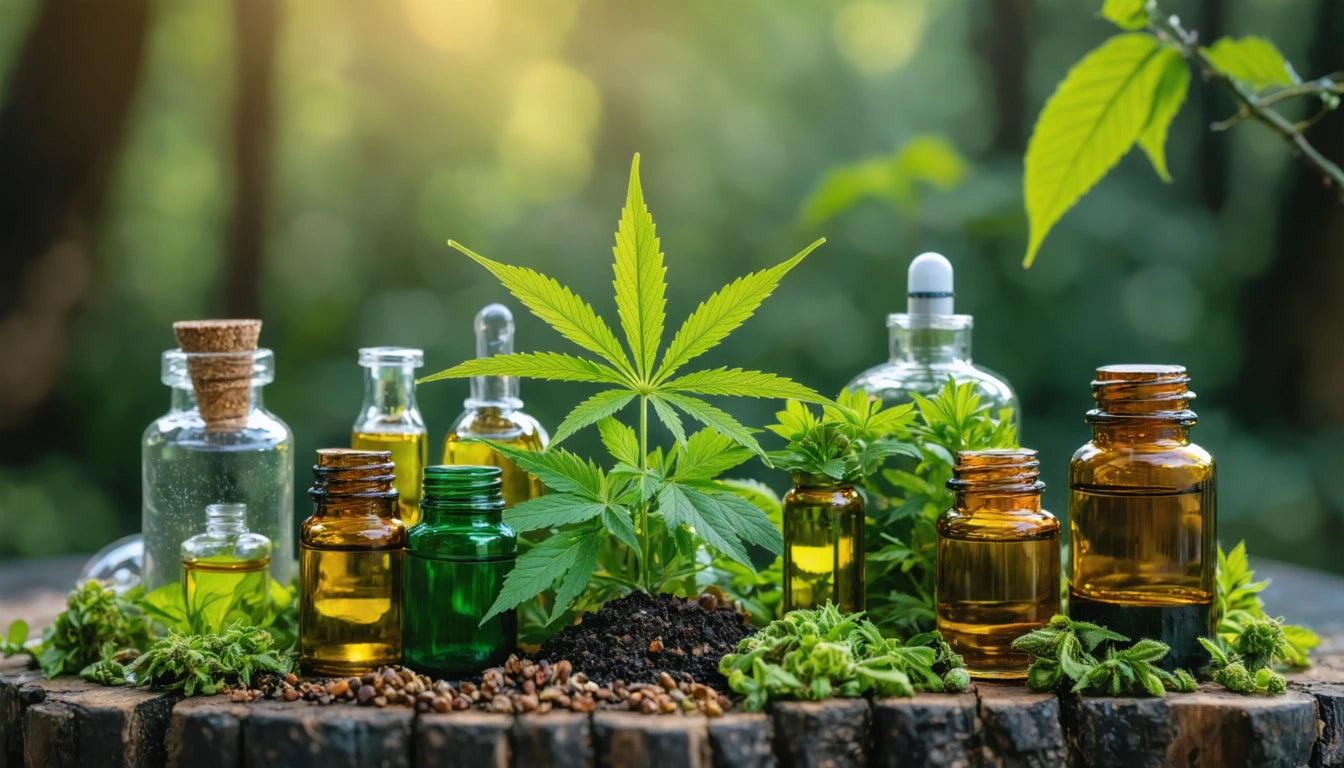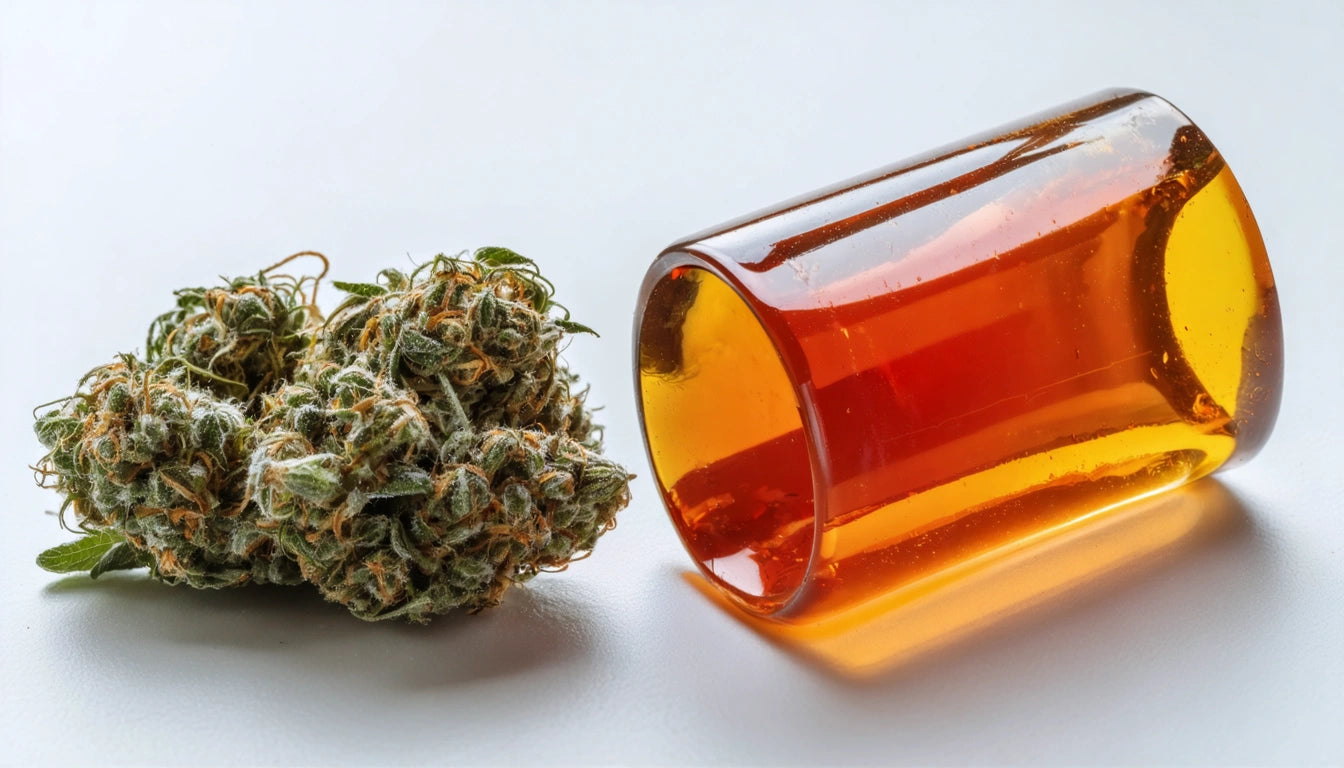Table of Contents
- Understanding Microdosed vs. High-Potency Edibles
- Regulatory Compliance Requirements for Different Potency Levels
- Visual Differentiation Strategies for Potency Levels
- Packaging Materials and Structural Considerations
- Consumer Education and Safety Features
- Packaging Innovation and Future Market Adaptation
The cannabis edibles market has evolved dramatically, with products ranging from microdosed 2.5mg mints to high-potency 100mg chocolate bars. This spectrum of potency creates unique packaging challenges for manufacturers who must balance regulatory compliance, consumer safety, and brand differentiation. Effective packaging design must clearly communicate potency while maintaining brand identity across product lines.
Understanding Microdosed vs. High-Potency Edibles
Microdosed edibles typically contain 1-5mg THC per serving, designed for precise dosing, new consumers, or daytime use. High-potency products, containing 10mg or more per serving (sometimes up to 100mg total package), target experienced consumers or medical patients requiring stronger effects.
This fundamental difference influences everything from package size to warning symbols. Specialized packaging approaches must be employed to prevent consumer confusion and accidental overconsumption.
Regulatory Compliance Requirements for Different Potency Levels
Regulatory frameworks often impose stricter requirements on high-potency products. Key considerations include:
- Warning symbol size requirements that may scale with potency
- Specific language mandates for high-potency products
- Serving size demarcations on the product itself
- Additional child-resistant features for higher potencies
As outlined in this guide on labeling requirements, potency information must be prominently displayed, with many states requiring specific font sizes and placement. High-potency products often require additional warning language.
For multi-state operators, navigating varying regulations becomes increasingly complex as potency increases, sometimes necessitating market-specific packaging variations.
Visual Differentiation Strategies for Potency Levels
Color Coding Systems
Many brands implement color-coding systems where packaging hue indicates potency range. For instance, green might signify microdosed products, while red signals high-potency items. This visual shorthand helps consumers quickly identify appropriate products.
Typography and Design Elements
Microdosed product packaging often features lighter, more delicate typography and design elements, while high-potency products may use bolder, more substantial design elements to signal strength. Many brands use our specialized mylar packaging options that offer customizable design elements while maintaining child-resistance and freshness.
Packaging Materials and Structural Considerations
Material selection varies significantly between microdosed and high-potency products:
Microdosed Packaging Priorities
For microdosed products, portion control and precise dosing often take precedence. Single-serve blister packs, individually wrapped pieces, or scored products in resealable containers are common. Specialized packaging for different edible formats helps maintain product integrity while facilitating precise consumption.
High-Potency Packaging Requirements
High-potency products require robust child-resistant mechanisms and often utilize:
- Multi-step opening processes
- Heavier materials with tamper-evident features
- Resealable containers with locking mechanisms
- Opaque materials to prevent marketing to children
Opaque packaging is particularly important for high-potency products to prevent visual appeal to minors while also protecting cannabinoids from light degradation.
Consumer Education and Safety Features
Effective packaging must educate consumers about proper dosing, especially for high-potency products:
Dosing Instructions
Microdosed products often emphasize the ability to precisely control effects, with packaging highlighting the mild, approachable nature of low-dose consumption. High-potency packaging should include clear consumption guidelines, suggested serving sizes, and onset time information.
Safety Messaging Integration
Beyond regulatory requirements, responsible brands incorporate additional safety information. Avoiding compliance pitfalls means ensuring all warnings are clearly visible and not obscured by design elements.
For high-potency products, some brands include QR codes linking to detailed consumption guidelines or educational materials about responsible use.
Packaging Innovation and Future Market Adaptation
As the market matures, packaging innovation continues to address the unique challenges of different potency levels:
Smart Packaging Solutions
Smart packaging technologies are emerging that can help consumers track consumption, particularly valuable for high-potency products where precise dosing is crucial.
Sustainability Across Potency Ranges
Both microdosed and high-potency products face sustainability challenges. Sustainable packaging options must maintain child-resistance and compliance while reducing environmental impact. This often means different approaches based on potency level, with high-potency products requiring more robust materials that may be less eco-friendly.
The future of edible packaging will likely see continued innovation in biodegradable child-resistant solutions and right-sized packaging that reduces waste while maintaining safety standards appropriate to each potency level.











Leave a comment
All comments are moderated before being published.
This site is protected by hCaptcha and the hCaptcha Privacy Policy and Terms of Service apply.